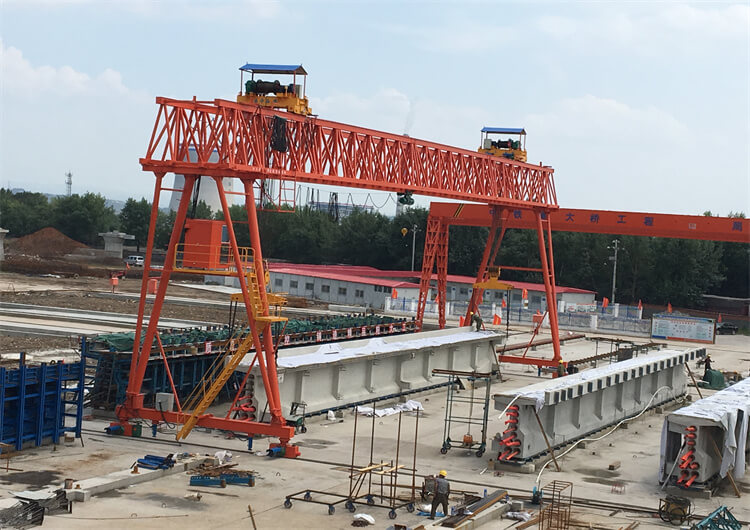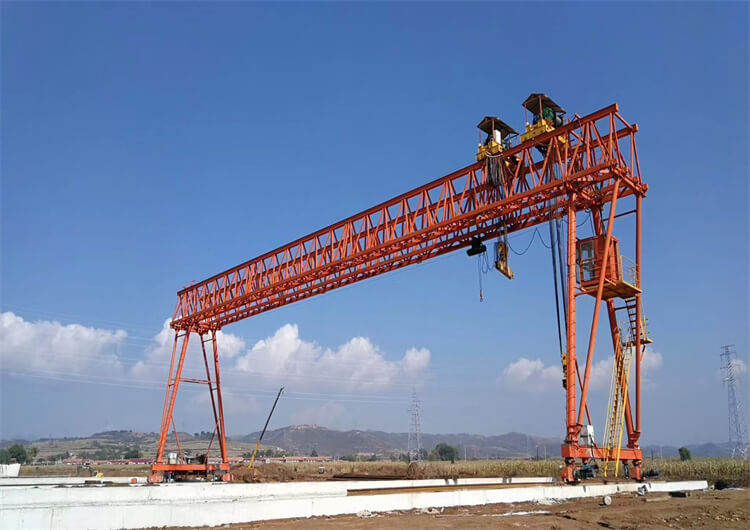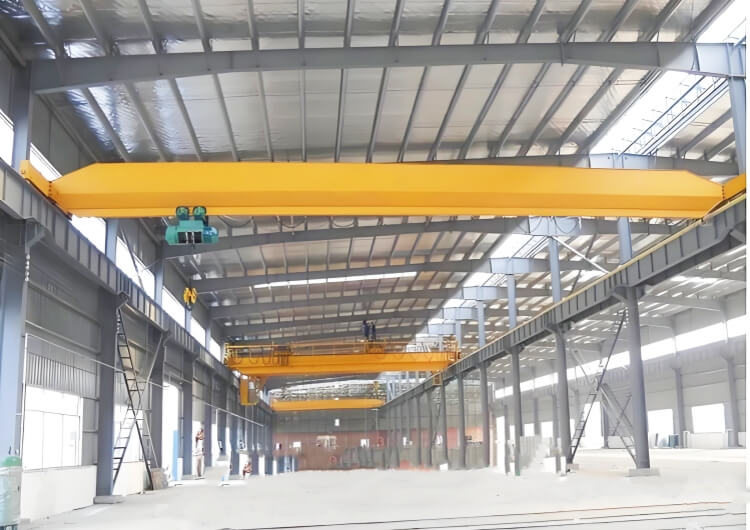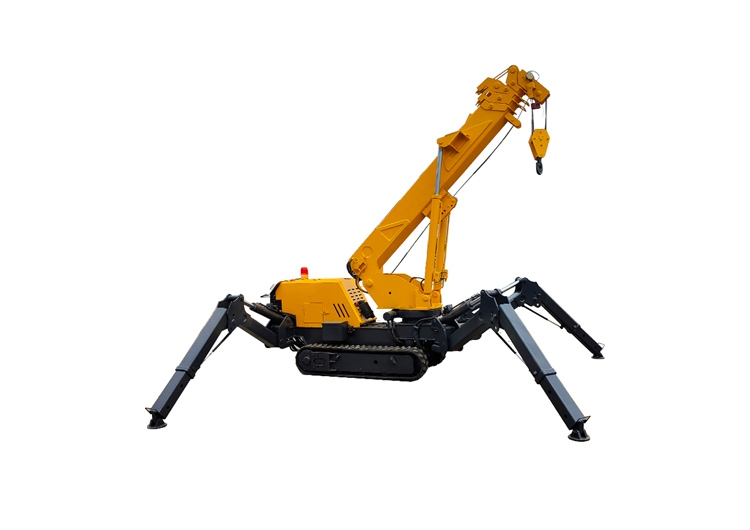Industry Standards for Engineering Gantry Cranes
Engineering gantry cranes are indispensable in industries ranging from construction and manufacturing to logistics and shipbuilding. These robust lifting systems streamline operations, enhance productivity, and ensure the safe handling of heavy loads. However, their design, manufacturing, and operation must adhere to stringent industry standards to guarantee safety, reliability, and compliance. In this article, we explore the key industry standards for engineering gantry cranes and their significance in modern industrial applications.


1. Design and Load Capacity Standards
The foundation of any gantry crane lies in its design and load-handling capabilities. Standards such as ISO 4301 (Cranes — Classification) and FEM 9.751 (European Federation of Materials Handling Guidelines) provide frameworks for:
- Load classification: Defining duty cycles (e.g., light, medium, heavy) based on usage frequency and load intensity.
- Structural integrity: Ensuring components like girders, legs, and trolleys can withstand dynamic and static forces.
- Safety factors: Mandating minimum safety margins for critical components to prevent overloading failures.
Adherence to these standards ensures cranes are tailored to specific operational demands while minimizing risks of structural fatigue or collapse.


2. Safety and Operational Standards
Safety is paramount in crane operations. Key regulations include:
- OSHA (Occupational Safety and Health Administration): U.S. standards emphasizing worker safety, including proper guarding, emergency stops, and operator training.
- ISO 12485: Specifies requirements for crane inspections, maintenance, and safe operation.
- EN 13001 (European Standard): Covers crane design principles to avoid hazards like unintended movement or electrical faults.
These standards mandate features such as limit switches, anti-collision systems, and load moment indicators to protect personnel and equipment.
3. Electrical and Control System Compliance
Modern gantry cranes rely on advanced electrical systems for precision and automation. Compliance with IEC 60204-32 (Safety of Machinery — Electrical Equipment) ensures:
- Proper insulation and grounding to prevent electrocution risks.
- Compatibility with control systems like variable frequency drives (VFDs) for smooth load handling.
- Integration of fail-safe mechanisms and emergency power-off systems.

4. Testing and Certification
Before deployment, gantry cranes must undergo rigorous testing, including:
- Load testing: Verifying performance at 125% of the rated capacity (per ASME B30.2.1).
- Non-destructive testing (NDT): Checking welds and critical joints for defects.
- Third-party certifications: Reputable bodies like TÜV or Lloyd’s Register validate compliance with global standards.
Certifications not only ensure safety but also enhance marketability, especially for international clients.
5. Environmental and Ergonomic Considerations
Sustainability and operator comfort are increasingly prioritized. Standards such as ISO 14001 (Environmental Management) encourage:
- Energy-efficient designs (e.g., regenerative braking systems).
- Noise reduction technologies to meet workplace regulations.
- Ergonomic cab layouts to reduce operator fatigue.
6. Maintenance and Lifespan Standards
Regular maintenance is critical for long-term performance. Guidelines from FEM 9.511 and ISO 9927 outline:
- Inspection schedules for wire ropes, brakes, and bearings.
- Lubrication protocols to minimize wear.
- Documentation requirements for repair histories.
Proactive maintenance extends crane lifespan and reduces downtime.
Why Compliance Matters
Adhering to industry standards for engineering gantry cranes offers tangible benefits:
- Enhanced safety: Reducing workplace accidents and liability risks.
- Operational efficiency: Optimizing performance for specific tasks.
- Global market access: Meeting regional regulations (e.g., CE marking in Europe, ANSI in the U.S.).
- Reputation: Building trust with clients through certified quality and reliability.
Conclusion
Engineering gantry cranes are powerful tools, but their value hinges on compliance with industry standards. From design and safety to testing and maintenance, these regulations ensure cranes deliver peak performance while safeguarding lives and assets. Whether you’re procuring a new system or upgrading existing equipment, partnering with manufacturers who prioritize ISO, OSHA, and FEM compliance is a strategic investment in your operations’ future.
Looking for certified gantry cranes? [Contact us] today to explore solutions engineered to meet the highest global standards.
All News
Recent Posts
2025/1/25
2025/2/7
2024/8/1
Contact Us Now
Have questions about our cranes or need help?
Reach out to our friendly team for expert support and guidance.
We are here to help you power your journey towards a greener future !
Address: Crane Industry Park, Xinxiang City Henan Provice



